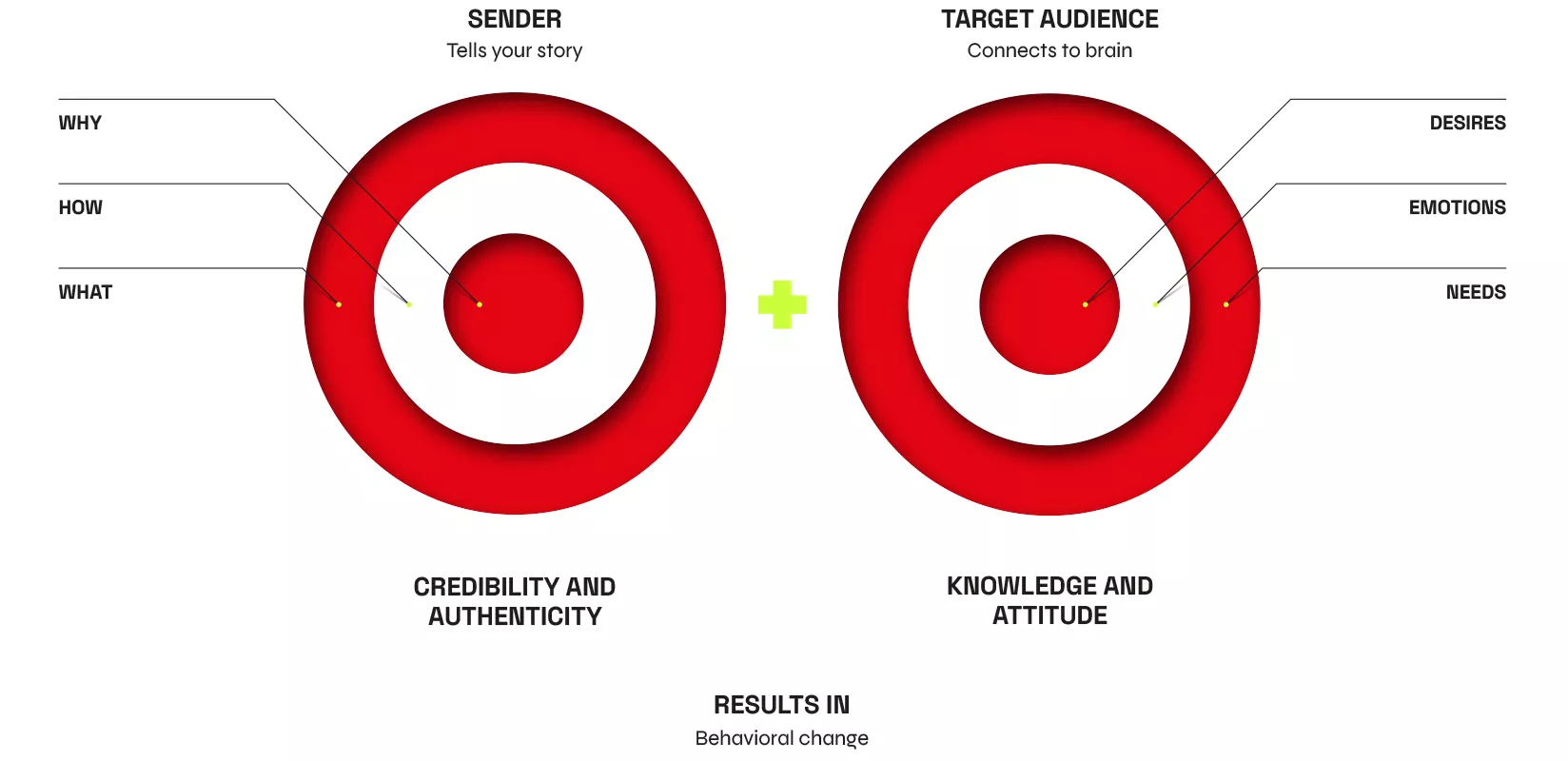Distinctive strategy
How do you make sure you stand out among the competition and truly differentiate yourself? The Redkiwi Distinctive Growth Model gives you the right roadmap to overcome this challenge. To address this challenge from all angles, our model is built from four essential building blocks: strategy, creativity, technology and marketing. By giving sufficient attention to each block, communication activities contribute to the desired results. Today we put Strategy in the spotlight.
Strategy
Thinking about your position in the (digital) shopping street. About where you are now and where you want to go. That's where it starts. Dare to make bold choices, be relevant and build the mental availability of the organization.





